Home>Furniture>Outdoor Furniture>What Is The Difference Between A Patio And A Deck
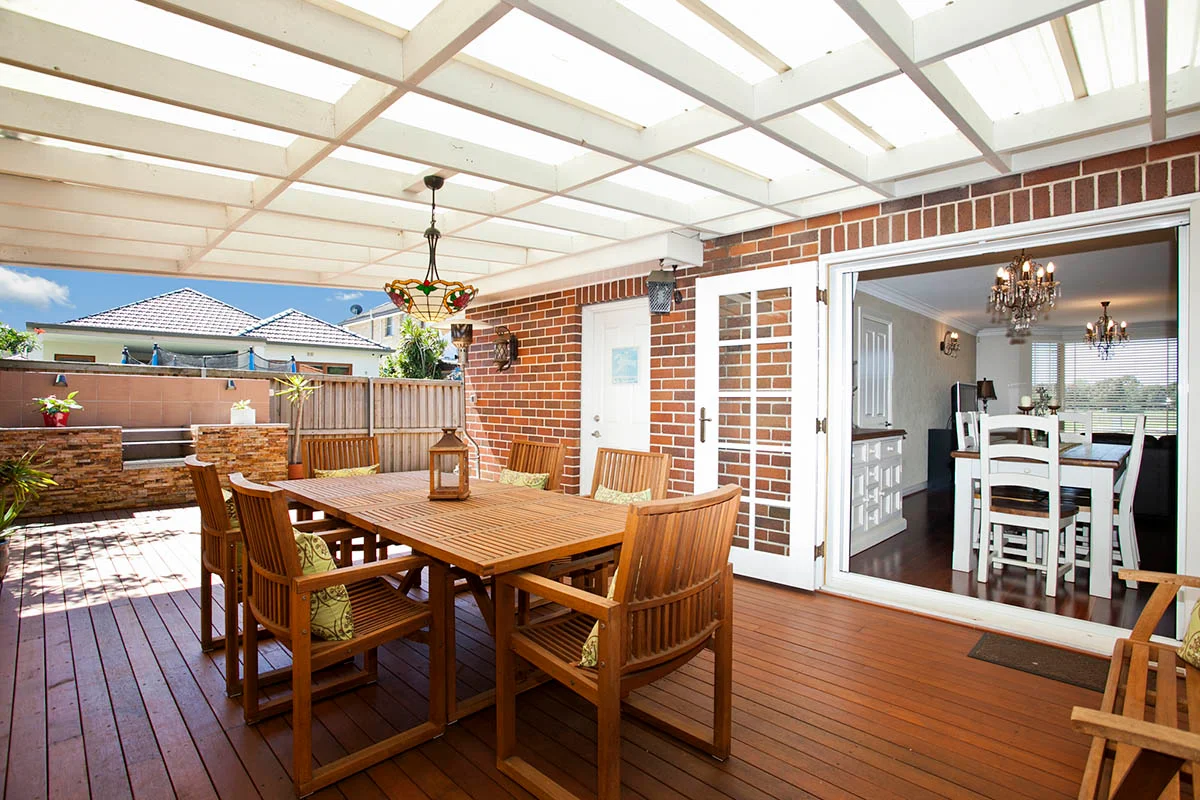

Outdoor Furniture
What Is The Difference Between A Patio And A Deck
Modified: March 7, 2024
Discover the key distinctions between a patio and a deck and make the most of your outdoor space with our range of high-quality outdoor furniture.
(Many of the links in this article redirect to a specific reviewed product. Your purchase of these products through affiliate links helps to generate commission for Storables.com, at no extra cost. Learn more)
Introduction
When it comes to outdoor living spaces, two popular options are patios and decks. These areas provide a place to relax, entertain, and enjoy the outdoors. However, many people use the terms “patio” and “deck” interchangeably, when in fact, they have distinct differences in their construction, materials, functionality, and more. Understanding these differences can help you make an informed decision when considering which option is best for your outdoor space.
In this article, we will explore the differences between patios and decks. We will discuss the definition of each, the materials and construction methods used, their purpose and functionality, design and aesthetic differences, cost variations, maintenance requirements, and finally, the pros and cons of each option. By the end, you will have a better understanding of patios and decks, helping you determine which one is the right choice for your outdoor furniture needs.
Key Takeaways:
- Patios are ground-level, low-maintenance, and versatile outdoor spaces that seamlessly extend your home’s living area, offering a cost-effective and durable option for various outdoor furniture arrangements and activities.
- Decks provide elevated views, aesthetic appeal, and recreational space, but require regular maintenance. They offer a visually appealing and unique outdoor furniture area that can potentially increase the resale value of your home.
Definition of a Patio
A patio is an outdoor living space that is typically constructed on the ground level, adjacent to or near a home. It is an extension of the indoor living space and is designed for activities such as dining, entertaining, and relaxation. Patios are usually made of durable materials like concrete, pavers, stone, or brick.
What sets a patio apart from a deck is its construction. Patios are built on a solid foundation, often made of concrete, that is leveled and prepared before the patio materials are installed. The materials used for patios are typically laid on the ground or a compacted base, creating a stable and solid surface.
Patios can be customized to fit any shape and size, making them versatile for various outdoor furniture arrangements and landscape designs. They can be connected to the house through doors or sliding glass panels, allowing for easy access and seamless flow between indoor and outdoor spaces.
One of the key features of a patio is its versatility. It can be designed and furnished to serve multiple purposes, such as an outdoor dining area, a cozy lounge space, or even a place for a fire pit or outdoor kitchen. Patios are also great for hosting parties or gatherings, as they provide a stable and durable surface for furniture, grills, and other outdoor accessories.
Overall, a patio is a great addition to any home, providing an outdoor space that is comfortable, functional, and easily accessible. It offers endless possibilities for outdoor furniture arrangements and allows homeowners to enjoy the beauty of nature while still having the comforts of indoor living.
Definition of a Deck
A deck is an elevated outdoor platform or structure that is typically attached to a house, creating an elevated outdoor living space. Unlike a patio, which is constructed on the ground, a deck is raised above the ground, usually supported by beams and posts. Decks are commonly made of wood, composite materials, or PVC.
The primary purpose of a deck is to provide an area for outdoor recreation and relaxation. It is an extension of the indoor living space that offers a seamless transition between indoor and outdoor environments. Decks are often designed with features like railings, stairs, and built-in benches or seating areas to enhance functionality and safety.
One of the main advantages of a deck is the ability to take advantage of elevated views, whether it be of the surrounding landscape, a pool, or a backyard. Deck designs can integrate various levels and platforms to accommodate different activities and furniture arrangements.
Decks are built using a framework of posts and beams, which are anchored into the ground to provide stability and support. The decking material is then installed on top of this framework. Wood is a popular choice for decking due to its natural beauty and versatility, although composite materials and PVC offer increased durability and require less maintenance.
Another characteristic that sets a deck apart from a patio is its ability to be built around obstacles, such as trees or uneven terrain. Decks can be designed to fit the contours of your outdoor space, accommodating any existing features while providing an elevated platform for outdoor furniture and activities.
Decks are perfect for outdoor entertaining, whether you are hosting a barbecue, gathering with friends and family, or simply enjoying a peaceful evening outdoors. They offer a space for outdoor dining, lounging, and even installing amenities like hot tubs or outdoor kitchens.
Overall, decks provide a versatile and elevated outdoor living space that can enhance the aesthetics and functionality of your home. They offer panoramic views, easy access to the outdoors, and are a popular choice for homeowners looking to optimize their outdoor furniture arrangements and create a unique and inviting environment.
Material and Construction Differences
One of the key differences between a patio and a deck lies in the materials used for construction. This distinction affects not only the appearance but also the durability and maintenance requirements of each. Let’s explore the material and construction differences between patios and decks:
Patios: Patios are typically constructed using materials such as concrete, pavers, stone, or brick. The construction process involves preparing a solid foundation, leveling the ground, and then laying the chosen materials on top. This creates a stable and durable surface that can withstand the elements. Additionally, patios can be customized to fit any shape or size, allowing for flexibility in design and furniture placement.
Decks: Decks are commonly constructed using wood, composite materials, or PVC. The framework of a deck consists of posts and beams that are anchored into the ground for stability. The decking material is then installed on top of the framework. Wood is a popular choice for its natural beauty, but it requires regular maintenance to prevent decay or rot. Composite materials and PVC, on the other hand, offer increased durability and require less upkeep.
When considering material and construction differences, it’s essential to take into account factors such as climate, maintenance preferences, and budget. Patios, with their solid foundation and durable materials, tend to be more resistant to weather and require less maintenance in the long run. Decks, especially those made of wood, offer a unique aesthetic but require regular staining, sealing, and potential repairs to maintain their beauty and structural integrity.
Ultimately, the choice between a patio and a deck largely depends on personal preferences and specific needs. Consider factors such as durability, maintenance requirements, aesthetic appeal, and budget constraints when deciding which option is best suited for your outdoor furniture and lifestyle.
Purpose and Functionality
Both patios and decks serve as outdoor living spaces, but they differ in their purpose and functionality. Understanding these differences can help you determine which option will best meet your needs and enhance your outdoor furniture experience:
Patios: Patios are versatile spaces that can be designed to serve multiple purposes. They are ideal for outdoor entertaining, offering a dedicated area for dining, hosting parties, or simply relaxing with friends and family. Patios provide a seamless transition between indoor and outdoor spaces, making them an extension of your home’s living area. They can be customized to include features like fire pits, outdoor kitchens, and seating areas, allowing for a wide range of activities and furniture setups.
Decks: Decks are primarily designed as elevated platforms that offer elevated views and take advantage of surrounding scenery. They provide a place to enjoy the outdoors and are often used for recreational activities such as sunbathing, stargazing, or enjoying a morning coffee. Decks are also suitable for outdoor entertaining and can be furnished with outdoor dining sets, loungers, and other furniture to create a comfortable and inviting atmosphere.
When considering the purpose and functionality of a patio versus a deck, it’s important to assess how you plan to use the space. Are you looking for a space primarily dedicated to outdoor dining and entertaining? A patio might be the perfect choice. Do you want a raised platform to enjoy panoramic views and take advantage of your surroundings? A deck might be the better option.
Additionally, think about your lifestyle, the size of your property, and any specific needs or activities you want to accommodate. Understanding the intended purpose of your outdoor space will help you make an informed decision and create a functional and enjoyable outdoor furniture area for years to come.
Design and Aesthetic Differences
When it comes to the design and aesthetic aspects, both patios and decks offer unique opportunities to enhance the visual appeal of your outdoor space. Let’s explore the design and aesthetic differences between patios and decks:
Patios: Patios provide the opportunity to create a cohesive outdoor living area that seamlessly integrates with the style of your home. They can be designed to suit a variety of architectural styles, whether traditional, modern, or rustic. With materials like concrete, pavers, stone, or brick, you can choose from a wide range of colors, patterns, and textures to customize your patio’s appearance. Patios also offer versatility in terms of furniture arrangements and landscaping options. You can incorporate elements like outdoor rugs, potted plants, and lighting to further enhance the design aesthetics.
Decks: Decks offer a distinct aesthetic appeal, particularly when constructed using natural wood materials. Wood decks provide a warm and inviting ambiance that is hard to replicate with other materials. They can be stained or painted in various colors to match your personal preferences and complement the style of your home. If you prefer a low-maintenance option, composite materials or PVC are also available, which offer a sleek and contemporary look. Decks can be designed to have different levels or platforms, creating a visually interesting and dynamic outdoor furniture area.
When deciding on the design and aesthetic aspects, consider the surrounding landscape, the architecture of your home, and your personal style. The goal is to create a unified outdoor space that complements the existing aesthetics while reflecting your personality and preferences. Whether you opt for the versatility of a patio or the natural charm of a wood deck, both options provide opportunities to create an inviting and beautiful outdoor furniture area.
A patio is usually at ground level and made of concrete or stone, while a deck is elevated and made of wood or composite materials. Consider the location, materials, and desired use when deciding between a patio and a deck for your outdoor space.
Cost Differences
When planning any home improvement project, it is crucial to consider the associated costs. Patios and decks come with different price tags due to variations in materials, construction methods, and customization options. Let’s explore the cost differences between patios and decks:
Patios: Patios generally tend to be more cost-effective compared to decks, primarily due to the materials used. Concrete patios, which are a common choice, offer durability and affordability. Paver patios and those made with stone or brick can be slightly more expensive, but they still tend to be less costly than a deck installation. The cost of labor for patio installation can vary depending on factors such as site preparation, the complexity of the design, and local labor rates. However, if you are a DIY enthusiast, you may be able to save on labor costs by taking on the project yourself.
Decks: Decks, particularly those made of wood, can be pricier than patios. The cost of wood decking materials can vary depending on the type of wood chosen, with tropical hardwoods generally being more expensive than treated lumber. Additionally, composite materials and PVC decking tend to have higher upfront costs due to their durability and low-maintenance qualities. The complexity of the deck design, size, any additional features like railings or built-in seating, and the availability of materials can also influence the overall cost. Furthermore, professional installation is typically recommended for decks, which adds to the overall expenses.
It is important to consider your budget and the long-term value of your investment when deciding between a patio and a deck. While patios may offer immediate cost savings, decks can potentially increase the resale value of your home. Additionally, ongoing maintenance and repair costs should also be taken into account, as both patios and decks require periodic maintenance to ensure their longevity and aesthetics.
Ultimately, the cost difference between a patio and a deck will depend on various factors, including materials, size, design complexity, labor, and any additional features. Assess your budget and consider the value you will gain from each option to make an informed decision that aligns with your financial goals.
Maintenance and Durability
Maintenance and durability are essential factors to consider when choosing between a patio and a deck. Understanding the maintenance requirements and the expected lifespan of each option can help you make a decision that aligns with your lifestyle and long-term goals. Let’s explore the maintenance and durability differences between patios and decks:
Patios: Patios generally require less maintenance compared to decks. Concrete patios, for example, are highly durable and require minimal upkeep. Regular cleaning with a hose or pressure washer, and sealing the surface every few years, can help maintain their appearance and prevent cracks or stains. Paver, stone, or brick patios may require occasional re-leveling or replacement of damaged individual pieces, but overall, they offer excellent durability. The longevity of a patio largely depends on the quality of the materials used and proper installation.
Decks: Decks, especially those made of wood, require regular maintenance to keep them in good condition. Wood decks should be inspected annually for signs of rot, decay, or insect infestation. They need to be cleaned, painted, stained, or sealed every few years to protect against moisture damage, sun exposure, and wear. Composite or PVC decks are generally more durable and require less maintenance, mainly limited to occasional cleaning. However, they may still require some attention to prevent mold or stains. The lifespan of a deck depends on the type of materials used and the level of maintenance performed.
It’s important to note that the level of maintenance required can vary based on factors such as climate, exposure to the elements, and the quality of the materials used. Regular inspections, cleaning, and necessary repairs are crucial for ensuring the longevity and safety of both patios and decks.
When considering maintenance and durability, assess your willingness to perform ongoing maintenance tasks and the timeframe you want your outdoor furniture to last. While patios generally require less maintenance, decks can provide added aesthetic appeal and can be rejuvenated with regular upkeep. The choice between a patio and a deck will ultimately depend on your preferences and the level of commitment you are willing to invest in maintaining your outdoor living space.
Pros and Cons of Patios
Patios offer several advantages and considerations that should be weighed when deciding on the best outdoor furniture option for your needs. Let’s explore the pros and cons of patios:
Pros:
- Versatility: Patios offer versatility in terms of design and functionality. They can be customized to fit any shape or size, accommodating various outdoor furniture arrangements and landscape designs.
- Seamless Transition: Patios provide a seamless transition between indoor and outdoor spaces, creating an extension of your home’s living area.
- Durable Materials: Patios are typically constructed using durable materials like concrete, pavers, stone, or brick, offering long-lasting strength and stability.
- Affordability: Patios are generally more cost-effective compared to decks, providing an attractive option for those on a budget.
- Low Maintenance: Patios require minimal maintenance, often limited to regular cleaning and occasional sealing, depending on the materials used.
Cons:
- No Elevated Views: Unlike decks, patios do not provide elevated views or the opportunity to take advantage of surrounding scenery.
- Uneven Ground Limitations: If your outdoor space has uneven ground or significant contour changes, designing and constructing a patio may be more challenging and costly.
- Less Variety in Materials: While the materials used for patios are durable, they may not offer the same range of design options and aesthetics as wood or composite decking.
Consider these pros and cons to determine if a patio is the right choice for your outdoor living needs. Patios can be a great option for those seeking a versatile, low-maintenance, and cost-effective outdoor furniture area that seamlessly integrates with their home.
Pros and Cons of Decks
Decks offer a unique set of advantages and considerations that should be taken into account when deciding on the best outdoor furniture option for your specific needs. Let’s explore the pros and cons of decks:
Pros:
- Elevated Views: Decks provide the opportunity to enjoy elevated views of your surroundings, whether it be the landscape, a pool, or a stunning backyard.
- Aesthetic Appeal: Wood decks, in particular, offer a natural and warm aesthetic that can enhance the overall beauty and charm of your outdoor space.
- Flexible Design: Decks can be designed with different levels, platforms, and features, allowing for more creative and dynamic outdoor furniture arrangements.
- Recreational Space: Decks provide a dedicated area for various recreational activities, such as sunbathing, stargazing, and enjoying outdoor leisure activities.
- Potential for Increased Home Value: Decks are often considered desirable features that can increase the resale value of a home.
Cons:
- Maintenance Requirements: Wood decks require regular maintenance, including cleaning, staining, and sealing, to protect against moisture damage and ensure their longevity.
- Cost Considerations: Decks, especially those made of wood, can be more costly than patios due to the materials used, additional features, and professional installation requirements.
- Higher Vulnerability to Weathering: Decks, particularly those exposed to harsh climates, may require more frequent maintenance and repairs to withstand elements such as rain, sun, and temperature fluctuations.
- Less Versatile Ground-Level Integration: Unlike patios, decks may not seamlessly blend with ground-level landscapes or be easily integrated with existing outdoor features on uneven terrains.
Consider these pros and cons to determine if a deck is the right choice for your outdoor furniture needs. Decks offer the advantages of elevated views, aesthetic appeal, and flexible design, but also come with considerations like maintenance requirements and potential cost implications. Evaluating your preferences, budget, and long-term goals will guide you in making a decision that suits your lifestyle and enhances your outdoor living experience.
Conclusion
Choosing between a patio and a deck for your outdoor living space ultimately comes down to your personal preferences, budget, and lifestyle. Both options offer unique advantages and considerations that should be carefully evaluated. Let’s recap the key points to help you make an informed decision:
If you value versatility, seamless transition from indoor to outdoor spaces, and a low-maintenance solution, a patio may be the ideal choice for you. Patios are cost-effective, durable, and provide a stable surface for various outdoor furniture arrangements. They can be customized to fit any shape or size, allowing for flexibility in design and functionality.
On the other hand, if you desire elevated views, a distinctive aesthetic appeal, and a space for recreational activities, a deck may be the better option. Decks offer the opportunity to enjoy panoramic surroundings and create a visually appealing outdoor furniture area. While they require more maintenance and come with higher upfront costs, decks provide a unique ambiance and potentially increase the resale value of your home.
Consider factors such as the materials and construction differences, purpose and functionality, design and aesthetic preferences, cost variations, and maintenance requirements. And don’t forget to think about how each option integrates with your overall outdoor vision and complements your home’s architecture.
Ultimately, the decision between a patio and a deck depends on your individual needs and priorities. Assess your budget, the level of maintenance you are willing to undertake, and the specific features you desire in your outdoor furniture area. By carefully evaluating these factors, you can create an outdoor space that aligns with your lifestyle and enhances your enjoyment of the outdoors for years to come.
Frequently Asked Questions about What Is The Difference Between A Patio And A Deck
Was this page helpful?
At Storables.com, we guarantee accurate and reliable information. Our content, validated by Expert Board Contributors, is crafted following stringent Editorial Policies. We're committed to providing you with well-researched, expert-backed insights for all your informational needs.
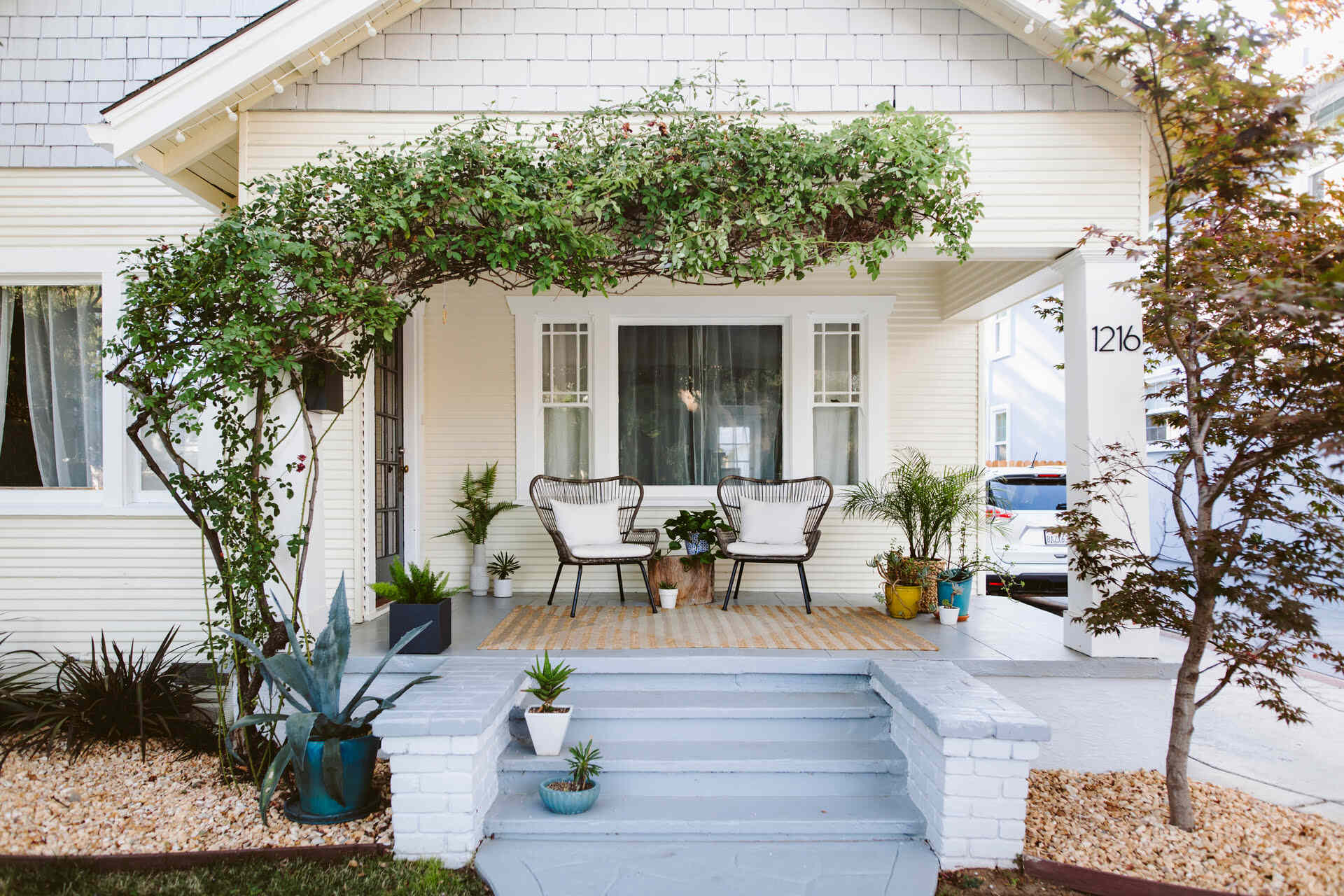
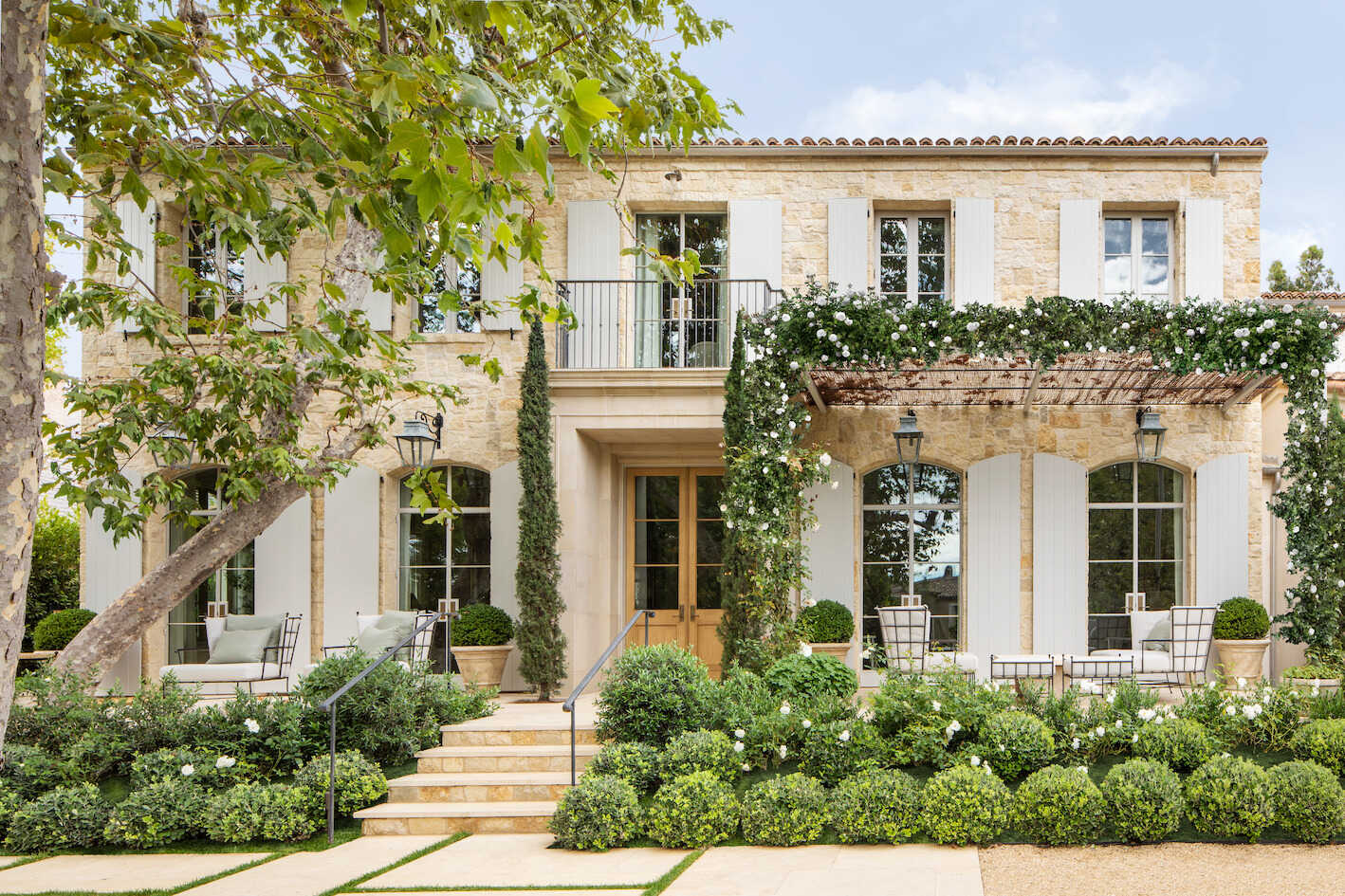
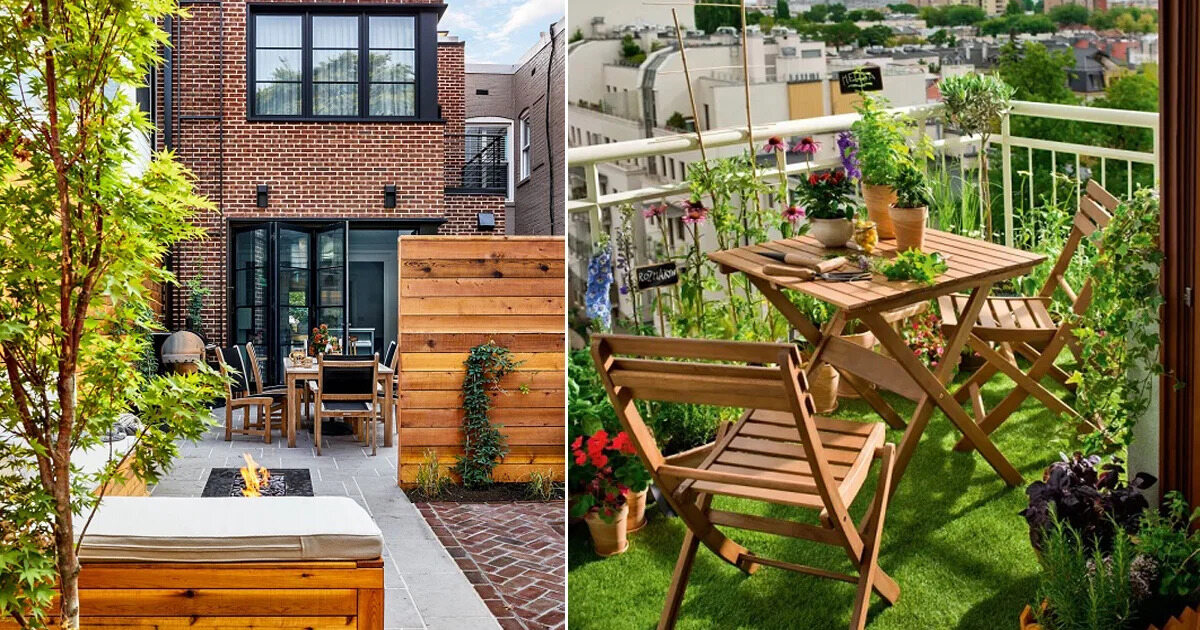
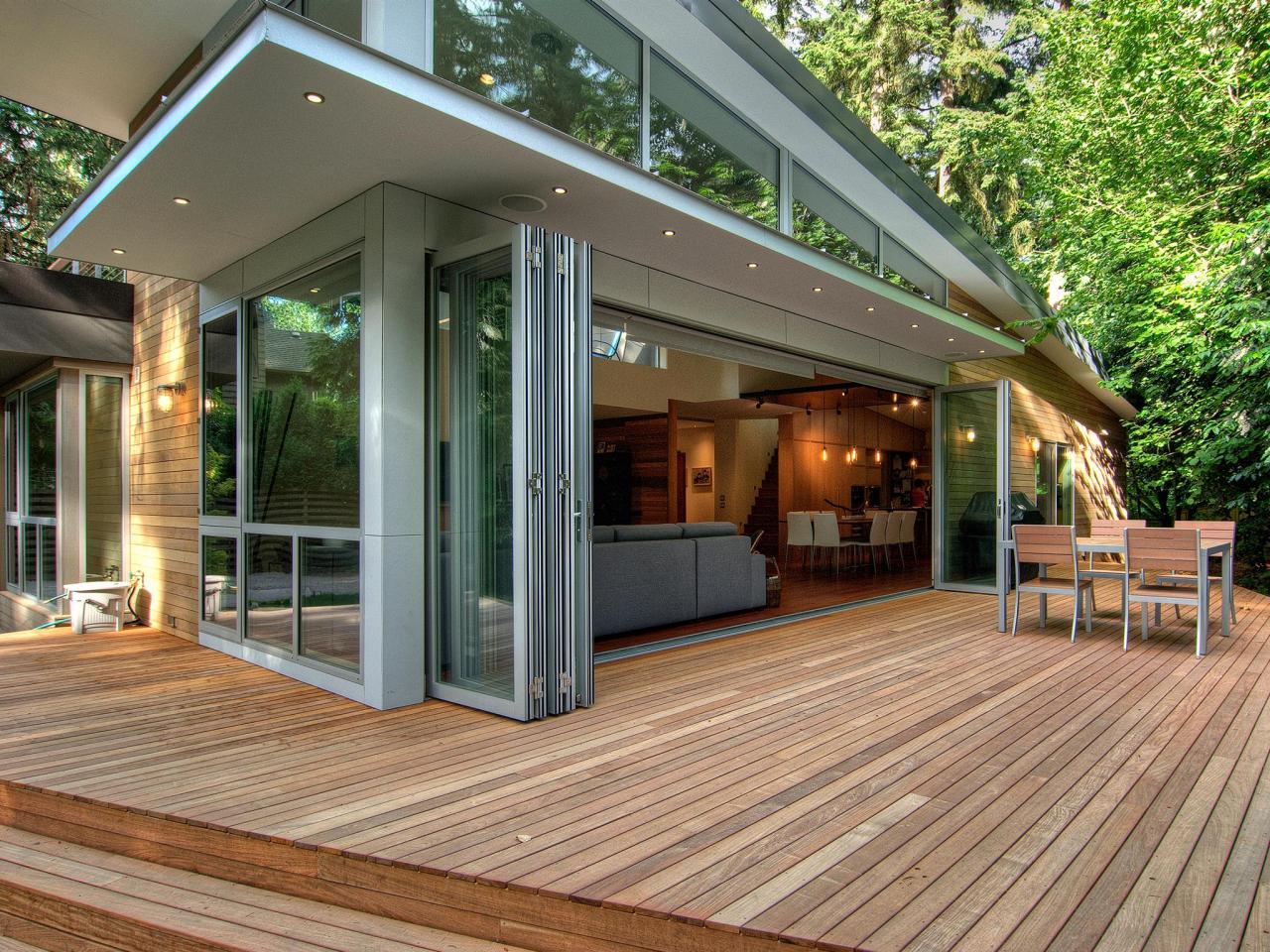
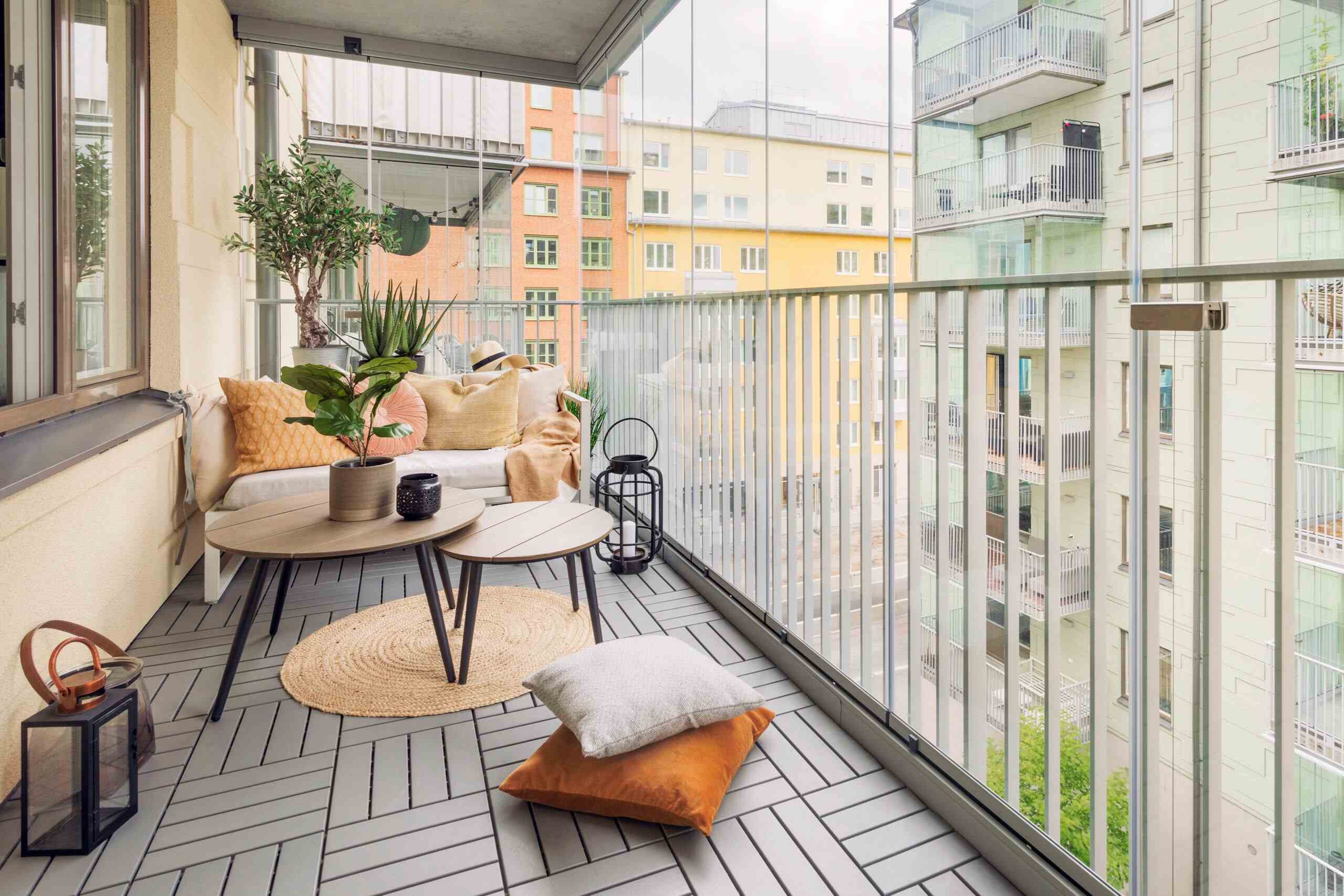
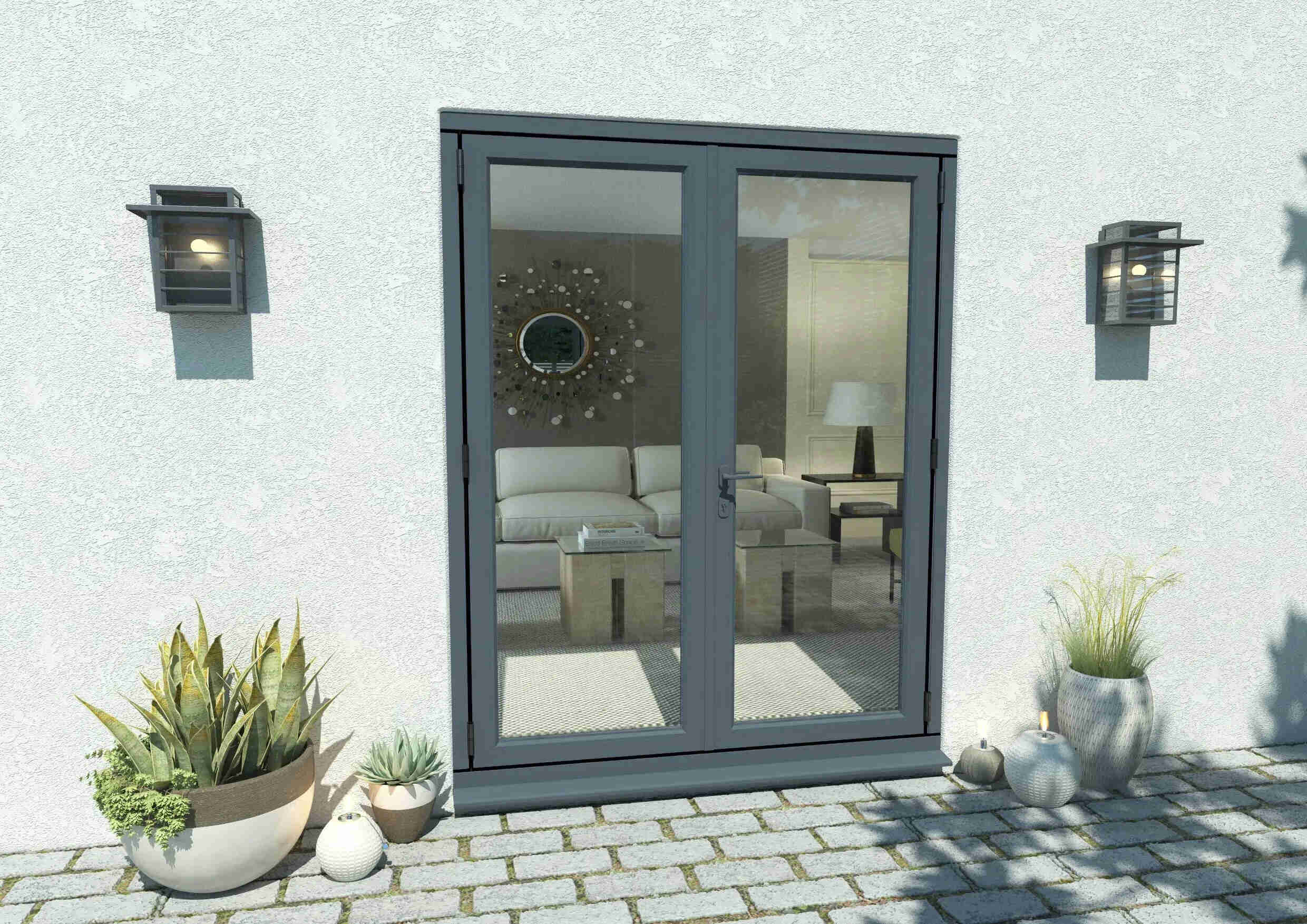




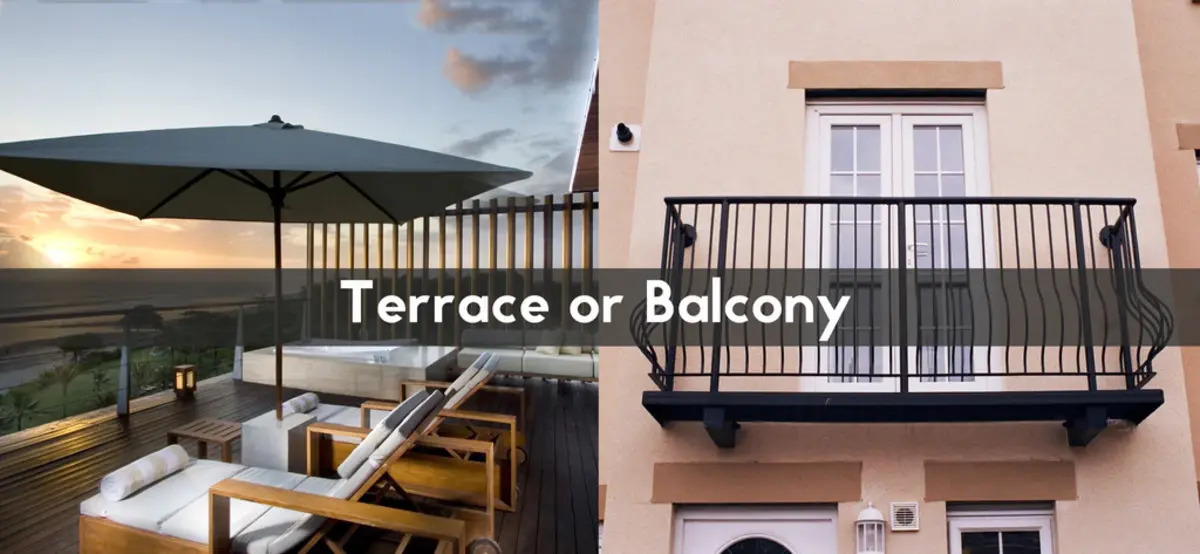

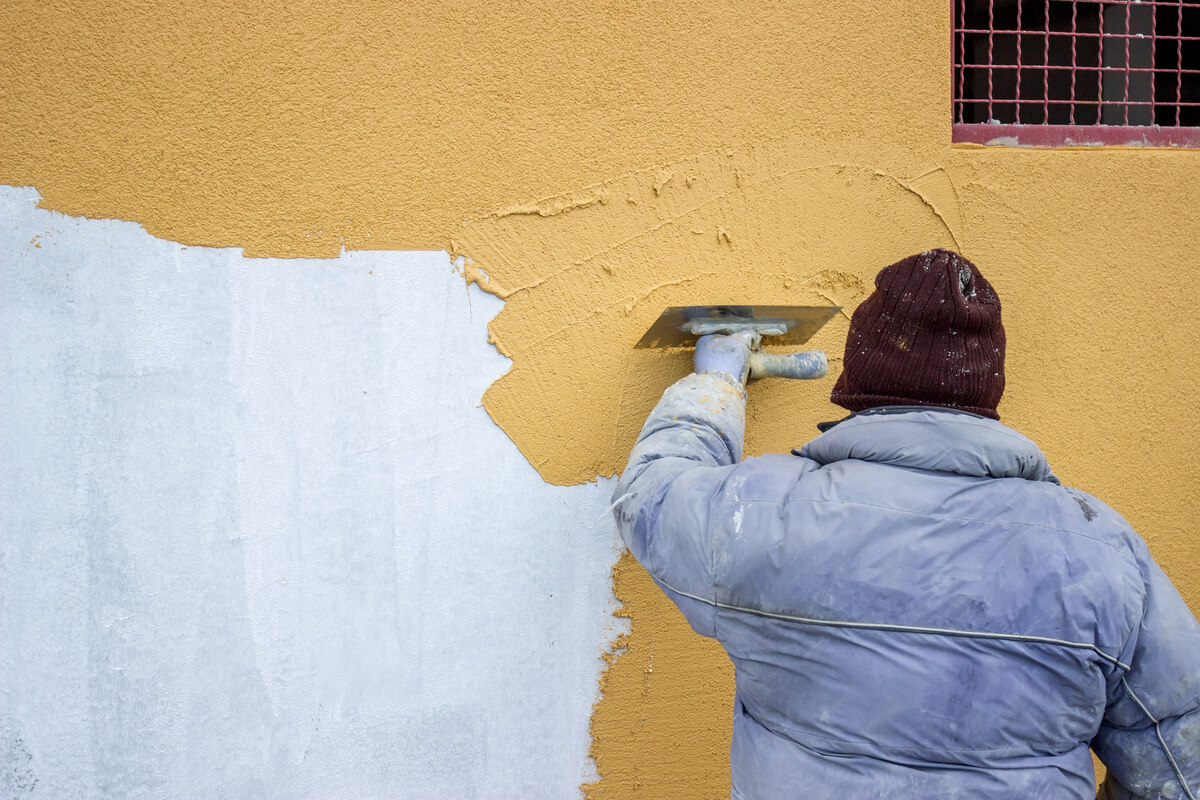

0 thoughts on “What Is The Difference Between A Patio And A Deck”